Sarcoma Treatment
Sarcomas are rare types of malignant (cancerous) tumours that form in bone and connective tissue. This includes fat, muscle, blood vessels, nerves, and the tissue that surrounds bones and joints. The size and location determine the symptoms of the tumour. Surgery, radiation, chemotherapy, targeted therapy, and immunotherapy are all options for sarcoma treatment.
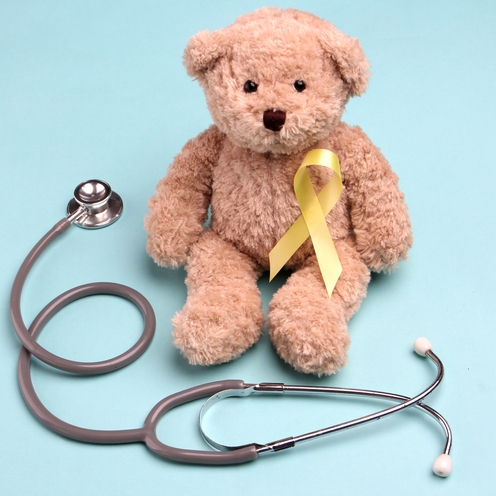
Where are sarcomas found?
Sarcomas can form in various parts of your body — anywhere from your head to your toes:
- 40% occur in your lower extremities (legs, ankles, feet).
- 15% occur in your upper extremities (shoulders, arms, wrists, hands).
- 30% occur in your trunk/chest wall/abdomen/pelvis.
- 15% occur in your head and neck.
The different types of treatments for sarcoma:
Surgery:
During an operation, the tumour and some surrounding healthy tissue is removed. A sample and adequate imaging tests are required prior to surgery to confirm the diagnosis. If the tumour is localized, surgery is usually an important aspect of the treatment regimen following a biopsy. Surgical oncologists and orthopaedic oncologists are clinicians that specialize in the surgical treatment of sarcomas. They will then perform a surgery to remove the tumour.

Sarcoma Chemotherapy:
Chemotherapy is a medication that destroys cancer cells by using chemicals. This treatment can be given orally or intravenously (intravenously). Chemotherapy works better on some types of soft tissue sarcoma than on others. For instance, rhabdomyosarcoma is frequently treated with chemotherapy.
Radiation therapy:
High-energy x-rays or other particles are used in radiation treatment to kill cancer cells. Radiation oncologists are medical professionals perform the treatment. They specialise in administering radiation therapy as a cancer treatment. Given the rarity of sarcomas, it is crucial to see a radiation oncologist with experience treating sarcomas. A radiation therapy regimen, often known as a schedule, typically has a certain number of sessions. This could be spread out over a predetermined amount of time.
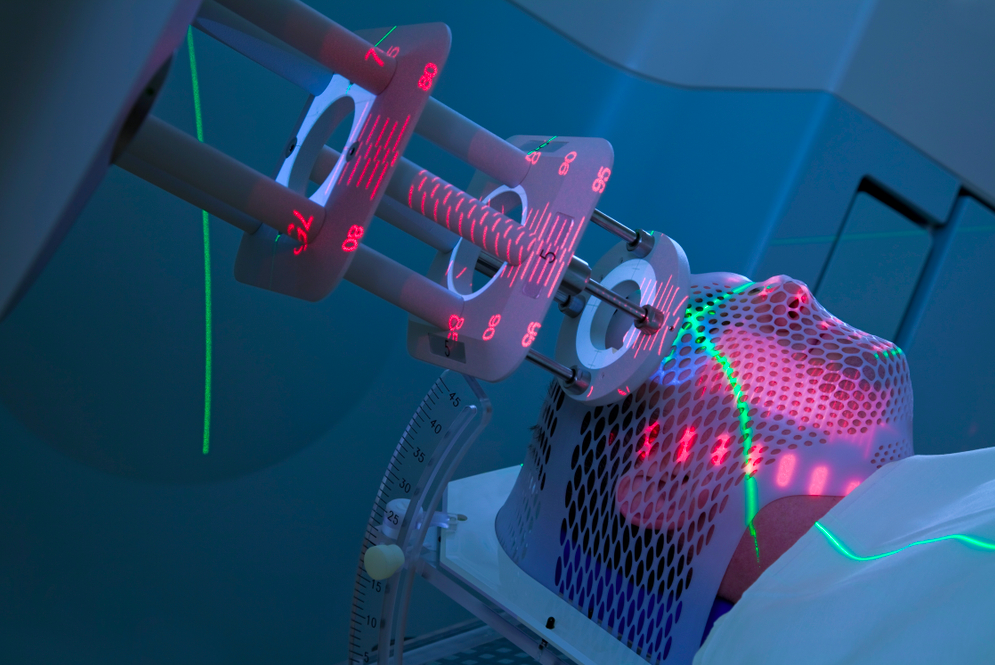
Targeted drug treatment:
Targeted pharmacological therapies can be used to tackle certain traits in the cells of some soft tissue sarcoma types. These drugs are less harmful and more effective than chemotherapy. The use of targeted therapies has been very beneficial for gastrointestinal stromal tumors (GISTs).
Immunotherapy:
immunotherapy is often not licensed for the treatment of sarcomas. This is because it has not yet demonstrated a meaningful effect in the majority of sarcomas. “Immune checkpoint inhibitors” are a common component of several recently approved immunotherapy therapies. They can be for different forms of cancer. These medications are administered in order to boost the body’s natural immunological response to cancer. The medications used in current immunotherapy therapies can trigger immune reactions. This is against healthy body tissues, which can result in adverse immune system side effects.
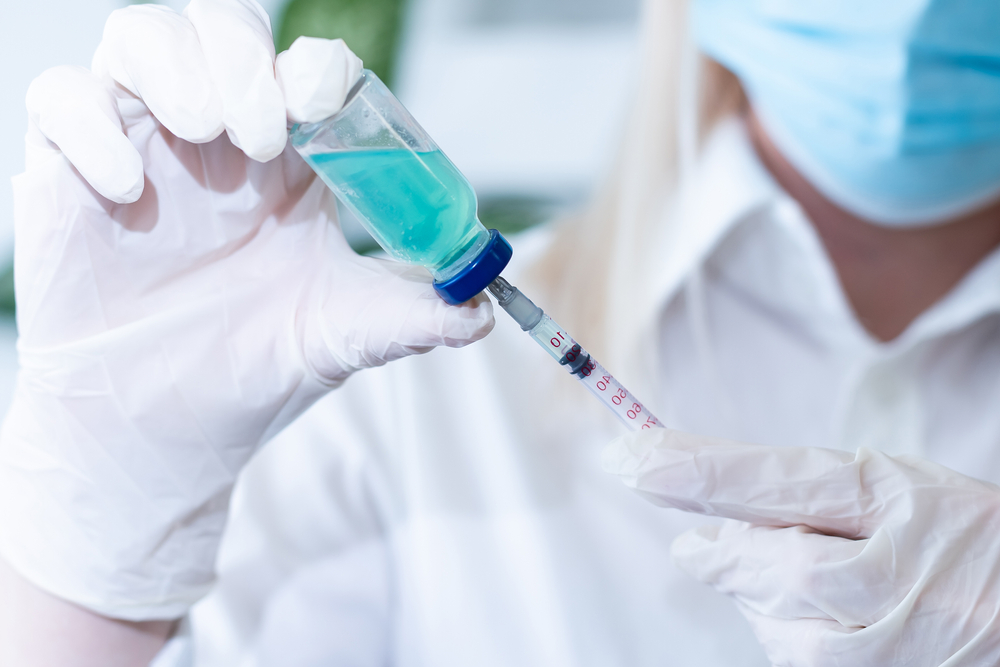
Recovery after sarcoma treatment:

If the tumor is low-grade, the majority of patients who are diagnosed with a soft tissue sarcoma are treated by surgery alone. An indication of this means that it is unlikely to spread to other regions of the body. Successfully treating more aggressive sarcomas is more challenging.
If the disease has not moved outside of the location where it first appeared, the survival rate for osteosarcoma ranges from 60 to 75 percent. If all of the cancer can be surgically removed, there is a higher chance of recovery.
For more information please visit us at Travocure or read more about cancer and sarcoma Here.



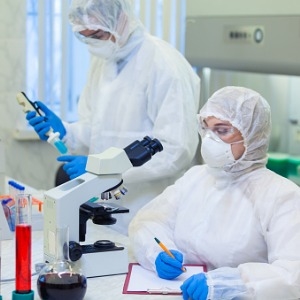
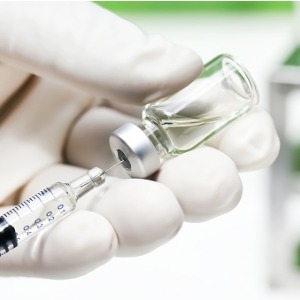

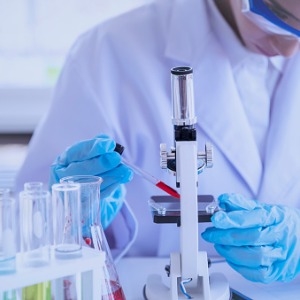
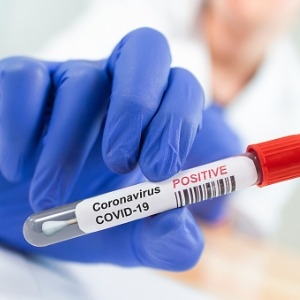








Leave a Reply
Want to join the discussion?Feel free to contribute!